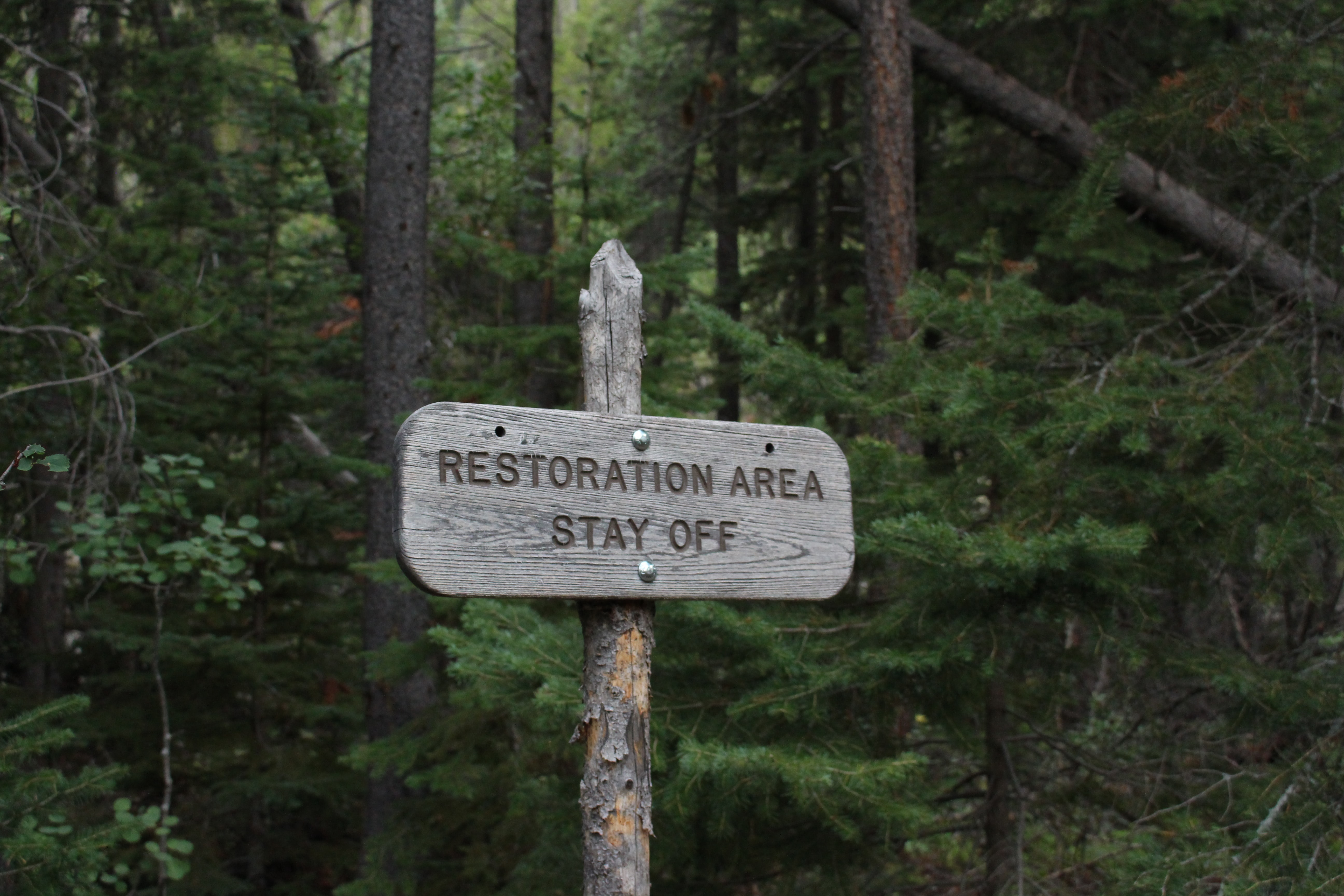Carbon offsets have received a lot of scrutiny in the news lately – the recent Last Week Tonight with John Oliver episode, which caught the attention of many viewers both inside and outside the sustainability space, is just one example.
As a business, you may have already heard about carbon offsets or even bought them yourself as part of your climate strategy. In any case, with more and more companies coming under the microscope for their climate actions (or lack thereof), you might be wondering, are all offsets bad? Should I even be using them? If so, how? That’s a question many businesses are trying to grapple with, so we’re here to provide some answers.
Read on to learn everything you need to know about carbon offsets – what they are, their main criticisms, and how to use them responsibly.
What Are Carbon Offsets?
A carbon offset credit is a tradable instrument that represents the reduction or removal of one metric ton of carbon dioxide. They can be bought and sold to transfer the climate “benefit” between entities.
There are two carbon offset markets:
- The compliance market is primarily associated with the California cap-and-trade system in which offsets are used to help satisfy regulatory emissions requirements.
- The voluntary market is where stakeholders including individuals and corporations typically look to offset their carbon footprint for a variety of non-regulatory reasons.
It’s important to note that in voluntary markets, companies make claims about their emissions goals and results, but in compliance markets, results are certified. Our focus here is on voluntary markets, although in time we expect regulators, auditors, and investors to bring higher scrutiny to voluntary markets, which will set the stage for the two markets to merge.
Voluntary credits are verified and reported by “registries,” which are non-profit organizations that develop the protocols for the quantification of offsets and keep a record of credit ownership. When credits are sold, the change in ownership is recorded with the registry, and when they are used by an end user to offset emissions they are “retired.” The exchange usually goes through a broker, who buys credits and resells them to their clients.
What Kinds of Carbon Offsets Are There?
There are four main types of offsets with different tradeoffs (which we won’t get into here):
- Forestry and conservation: As forests grow, trees absorb carbon from the atmosphere. In forestry-related offset projects, carbon is captured by planting new trees (“afforestation”), or carbon release is avoided by protecting old trees. Projects may also include capturing carbon via the restoration of mangroves, grasslands, and soils.
- Community projects: Community projects help introduce energy-efficient methods or technology to undeveloped communities around the world. These projects not only help make entire regions more sustainable but also provide empowerment and independence that can lift communities out of poverty.
- Waste-to-energy: Waste-to-energy projects often involve capturing methane and converting it into electricity. Sometimes this means capturing landfill gas, or in smaller villages, human or agricultural waste.
- Renewable energy: Renewable energy projects help build or maintain (mostly) solar, wind, or hydro sites across the world. By investing in these projects, you can boost the amount of renewable energy on the grid, create jobs, decrease reliance on fossil fuels, and bolster the sector’s global growth.
What Are the Challenges with Carbon Offsets?
There are many criticisms of offsets, and while not all offsets are bad, it can be tricky to choose the right one. After all, we’re still in the wild west of offset markets – the players and landscape are rapidly changing. It’s critical to stay on top of these trends so you know what’s best for your company.
With that in mind, let us be clear right off the bat. The biggest problem with carbon offsets today is that many companies are using them to achieve carbon neutrality without actually doing the work of reducing their own GHG emissions. This kind of "clever accounting" won't stand if we want to reach our global climate goals.
However, businesses don't shoulder all the blame. This is also a symptom of the shortcomings of the voluntary carbon offset market at large:
The market for carbon offsets (or credits) is unregulated and non-transparent. It consists solely of privately negotiated transactions that are not reported anywhere – there is no marketplace or exchange where credits are transacted, and no place where transaction prices are reported. It’s like the real estate market, but without any publicly available information on what was sold or for how much.
The quality of carbon offsets can vary greatly from project to project. To understand why, there are a few key terms to be aware of. First, projects must be real and emissions must be additional, meaning the carbon reductions wouldn’t have existed otherwise. Second, projects must be associated with reductions that are permanent. If an emissions reduction is “reversed,” then it no longer serves its original purpose.
Unfortunately, reversals can be extremely unpredictable and uncontrollable, especially in the case of natural disasters such as hurricanes, fires, pest infestation, and disease. For instance, an estimated 153,000 acres of forests that were part of California’s carbon-offset program burned last summer.
There is no direct return on investment when it comes to carbon offsets, whereas investing in energy efficiency will pay itself back in energy savings over time. Yes, your company could get some positive attention from achieving climate goals, but your customers may not appreciate your strategy if they learn it only involves offsetting your way out of the issue.
This brings us to our final point – there is a strong connection between offsets and greenwashing. When you prioritize offsets over in-house emissions reduction, double-count carbon credits, or invest in non-verified credits, you risk deceiving the public into thinking your products and services are more sustainable than they actually are.
Today, many companies are using offsets to claim carbon neutrality, which poses a serious reputational and even legal risk to their business. For example, Dutch airline KLM was recently sued for misleading customers into thinking their flights were not harming the planet thanks to their offset program.
How to Use Carbon Offsets Responsibly
To purchase and use offsets responsibly, consider the following:
If you plan to use offsets, make sure you only use them as one small component of a much larger reduction strategy. Offsets can provide an easy short-term solution to reach carbon neutrality, and when used correctly, can fund sustainable projects worldwide. However, they should only be used as a last resort to balance out residual emissions after all other reduction measures have been implemented (energy efficiency improvements, energy conservation, switching to carbon-free energy, etc.).
A good rule of thumb is that offsets should only be used to balance out the final 5-10% of total emissions, scopes 1-3. Also, keep in mind that there are not enough natural ecosystems on earth to offset emissions at the scale we need, so it’s best to avoid making net zero claims that heavily rely on offsets.
Purchase offsets that are third-party verified through one of the most widely accepted standards. In the US, the primary registries are the Climate Action Reserve and the American Carbon Registry. Others include the Verified Carbon Standard and the Gold Standard, which operate worldwide. These programs have undergone a robust verification process by an ISO-accredited third-party verifier. Credits are also tracked on registries to ensure emissions reductions are not double-counted.
Credits from registries outside the ones listed should be highly scrutinized to confirm they have been verified, are the result of a real project, have not been sold or retired previously, and are otherwise legitimate. It should also be noted that none of these protocols are perfect, but they are rigorous, which is more than can be said for many others on the market.
Projects should assess and account for leakage. Leakage refers to an unintended increase in emissions from one place to another. For example, if a carbon offset project protected a forest from logging but leads to an increase in logging somewhere else, the carbon offsets wouldn’t necessarily decrease emissions overall.
Just like any other big investment, seek out transparent projects with partners who you trust. Visit projects on the ground, talk to the project managers, and research potential risks that could impact the project, such as physical, financial, and political considerations. Start by checking to see if project details are communicated to stakeholders in a transparent way (including project type, location, developer, duration, standard, etc.).
Offsets should be synchronous. In other words, the emission reductions take place in a similar timeframe to the emissions you’re offsetting. The vintage year refers to the year the emission reduction occurred. Generally, offsets with a vintage year within 1-3 years of the emissions being canceled out are most desirable. Offsets with a vintage year older than 5 years are less desirable.
Invest in high-quality carbon offset projects that align with your business ethos. Offsets should of course be additional, permanent, and otherwise legitimate, but they should also have co-benefits and avoid negatively affecting local communities and ecosystems. For example, offset projects can provide jobs to the local population, improve public health, educate the community, mitigate pollution, and preserve wildlife habitats.
Does your company have other sustainability commitments to improve local biodiversity and community health? If so, then you might consider a local forest management project run by a trusted non-profit organization.
Cheaper isn’t always better. Making bulk purchases of low-cost offsets may not achieve much and could be seen as disingenuous. Voluntary offset prices vary widely depending on project type (anywhere from less than $1 to over $50), but we can expect prices to increase significantly as markets develop and lean towards higher quality offsets.
The Bigger Picture
Carbon offsets are only one tool in the climate action toolkit, and in some cases, they can do more harm than good. If we want to meet our planetary goals of limiting warming to 1.5°C, companies need to halve emissions by 2030 and reach net zero by no later than 2050. This means we need to see deep, meaningful emissions reductions, not offsets, starting now. We cannot afford to offset our way out of the climate crisis.
Need help getting your climate action strategy off the ground? Whether it’s engaging your suppliers on Scope 3 emissions to setting Science-Based Targets, our team is happy to help. Get in touch with us here.



